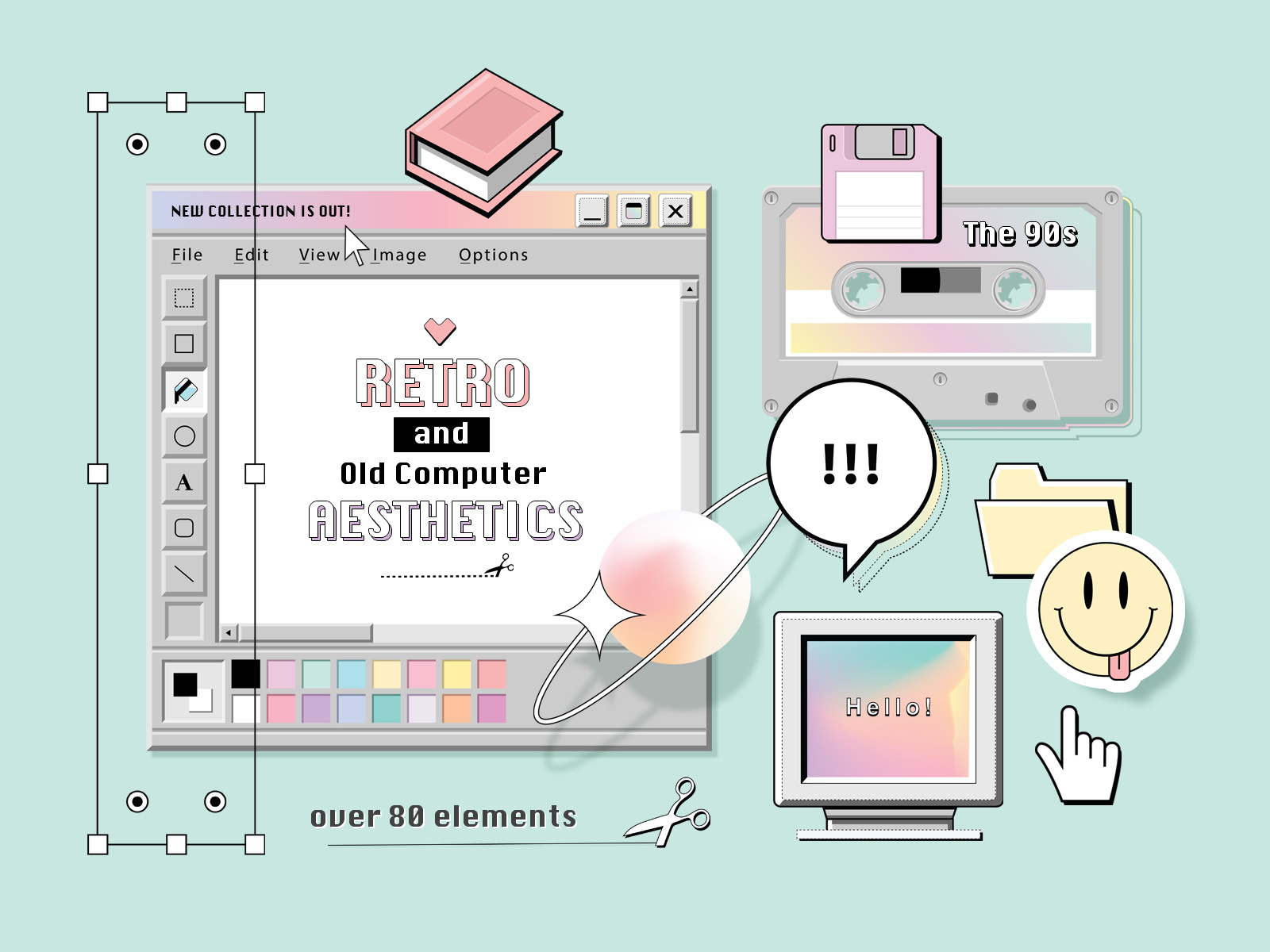Did you know that designers can buy and sell digital goods on Dribbble now? Dribbble’s new Marketplace helps creators like you sell and reach millions of potential customers on both Dribbble and Creative Market with one seamless shop owner experience.
Today, graphic designer and illustrator Diana Hlevnjak drops by to share her creative journey and top tips for designers who want to earn extra income selling their digital goods.
My name is Diana Hlevnjak and I’m a freelance illustrator and graphic designer. I live on the lovely island of Rab in Croatia. I have a master’s degree in fine art education and I worked as a designer at a web and mobile development company before I decided to sell digital graphic resources full time.

Tell us the story behind your shop. What inspired you to start selling digital goods?
My first encounter with selling digital goods was in 2009. I was still relatively new to digital illustration and worked mostly in traditional media (ink and graphic pens ). My professor at the time introduced me to stock sites which was a great way to learn how to work with vectors and kept me motivated. It was a huge revelation to me that you can actually earn money in a fairly simple way through these types of sites on the internet.
How has your business evolved since its inception?
When I first started selling on Creative Market, I had an adjustment period where I had to figure out what sort of products work best and what type of trends are best accepted by customers. It’s a process and it requires patience. Eventually, I got better at recognizing what works and what doesn’t work. Interestingly enough, my all-time best sellers are my most simple products which is a lesson in itself.
In order for the product to be successful, it needs to be versatile and applicable to many different projects. If the product is too complicated and niched, its audience will be a lot smaller and that will translate to fewer sales altogether.
Products should also aim to reflect a current trend to be picked up by many customers — everyone likes to be in touch with trending styles, so that’s an important part of every bestseller in my opinion. I love those niched, complex products and for me, it’s a constant struggle to decide whether I should create something that excites me even though I know that it won’t sell as well, or if I should go with the designs that will bring in more sales. So I tend to mix them up and have some sort of balance between them.


How has selling your designs impacted your career?
Selling digital goods allows me to live life on my own terms. I don’t have an office, I work from home, I don’t have a boss, I don’t have working hours, and while that does sound like a great deal, it’s also something that requires great discipline.
It’s not always easy to work without supervision. You have to be your own boss, you have to give yourself working hours and time to rest. Sometimes, the lines get blurred and you can easily slip into too much work or too much rest. It is not for everyone, but I have been working like this for a long time and at this point in time, I can’t imagine working any other way.
What’s the best piece of advice you’ve ever received as a designer or business owner?
The best advice I’ve received? I don’t really know. I think these days, there’s way too much advice thrown around. Advice is just a current reflection of the person who’s giving you the advice. My advice now would be totally different than the advice that I would give just a couple of years ago because everything changes so fast. I guess I would quote Jim Rohn and say
“Be a student, not a follower. Hear what everyone’s got to say but choose your own path. Do what works for you.”
What advice do you have for designers who want to sell digital goods?
I think the biggest issue with humans is that we are very impatient and we seek immediate results. However, if you plant a seed, it won’t grow overnight. In fact, some seeds will not grow at all, some will do ok, and some will grow to be strong and bear fruits for many seasons to come.
My advice is to just plant the seeds and see what comes of them. Learn from them and try to do better next season. If it isn’t obvious already, that was a metaphor for your shop’s products. Do your best, share your products, and repeat the process.
There are no shortcuts—the trick is to find out what works and what doesn’t, and do better next time. If your goal is to challenge yourself as an artist and experiment, then don’t worry about the sales. It could very well be a hit or a miss, but you won’t know until you try.
What excites you about Dribbble’s Marketplace launch in partnership with Creative Market?
I have been a Dribbble member since 2012 and I immediately loved it. Dribbble and Creative Market have somewhat different audiences and different style preferences so it will be nice to see fresh energy that will surely come to both Creative Market and Dribbble. ■
Want to keep up with Diana? Find her on Dribbble and Creative Market.
Find more Interviews stories on our blog Courtside. Have a suggestion? Contact [email protected].
















